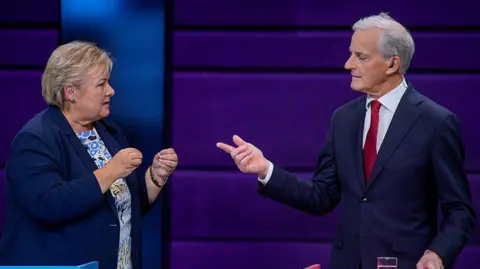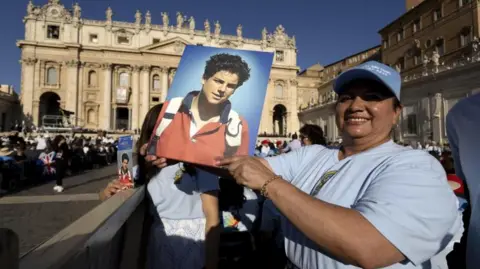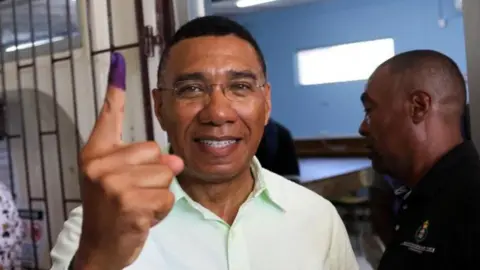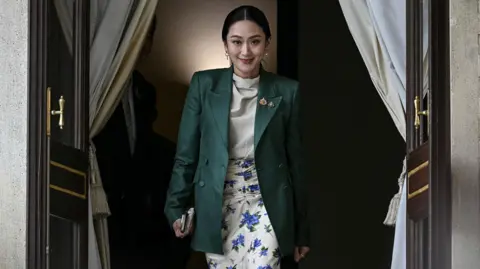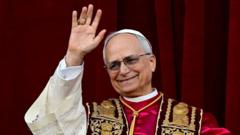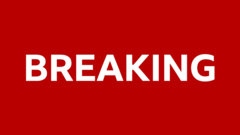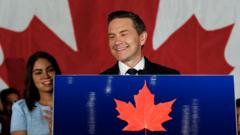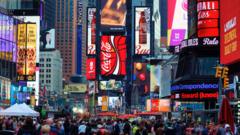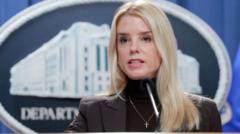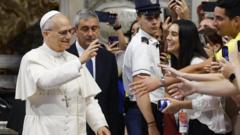The Vatican's papal conclave has entered its second day, but the anticipation for the election of a new pope has been dampened by the appearance of black smoke from the Sistine Chapel's chimney on Thursday morning. The smoke signified that, despite efforts from the assembled cardinals, they had not yet reached a consensus on a successor to Pope Francis.
The first inconclusive ballot held on Wednesday continued for over three hours, culminating in the disappointing signal that echoed through the crowd in St. Peter's Square. As onlookers awaited news of a new pontiff, they collectively expressed their disappointment when the dark plume emerged, confirming that no candidate had secured the necessary two-thirds majority.
With the intricate voting process now established, the cardinals, numbering 133 in total, will engage in four rounds of voting each day, until a clear decision is made. Observers noted that the dynamics of this conclave differ significantly from previous ones, as many cardinals, having been appointed by the late Pope Francis, are encountering each other for the first time.
The atmosphere among the cardinals appears to reflect a blend of uncertainty and strategic maneuvering. Discontent with Francis's legacy of progressive initiatives has reportedly led some conservative members of the college to advocate for a return to tradition, expressed through calls for "unity." This has raised concerns among liberals who fear that such calls could reverse recent advancements in inclusivity and reform within the Church.
While the conclave's immediate timeline remains uncertain, there is no set duration for the deliberations. Historical context shows that previous conclaves ranging from a swift two days to protracted processes lasting several years have shaped the modern voting practice. Speculation among the participating cardinals ranges widely, with some hinting at the potential for a longer deliberation period due to the unique and diverse composition of the voting members.
The next rounds of voting are anticipated in the afternoon, with a fervent hope for a more favorable outcome. Until then, the world watches and waits as the tension of the papal selection process continues to unfold.
The first inconclusive ballot held on Wednesday continued for over three hours, culminating in the disappointing signal that echoed through the crowd in St. Peter's Square. As onlookers awaited news of a new pontiff, they collectively expressed their disappointment when the dark plume emerged, confirming that no candidate had secured the necessary two-thirds majority.
With the intricate voting process now established, the cardinals, numbering 133 in total, will engage in four rounds of voting each day, until a clear decision is made. Observers noted that the dynamics of this conclave differ significantly from previous ones, as many cardinals, having been appointed by the late Pope Francis, are encountering each other for the first time.
The atmosphere among the cardinals appears to reflect a blend of uncertainty and strategic maneuvering. Discontent with Francis's legacy of progressive initiatives has reportedly led some conservative members of the college to advocate for a return to tradition, expressed through calls for "unity." This has raised concerns among liberals who fear that such calls could reverse recent advancements in inclusivity and reform within the Church.
While the conclave's immediate timeline remains uncertain, there is no set duration for the deliberations. Historical context shows that previous conclaves ranging from a swift two days to protracted processes lasting several years have shaped the modern voting practice. Speculation among the participating cardinals ranges widely, with some hinting at the potential for a longer deliberation period due to the unique and diverse composition of the voting members.
The next rounds of voting are anticipated in the afternoon, with a fervent hope for a more favorable outcome. Until then, the world watches and waits as the tension of the papal selection process continues to unfold.







